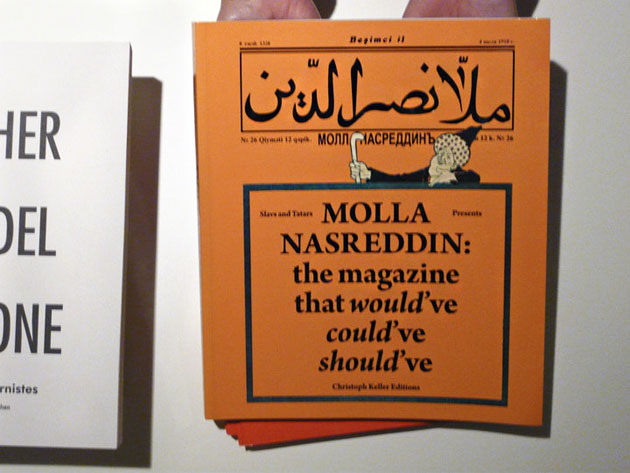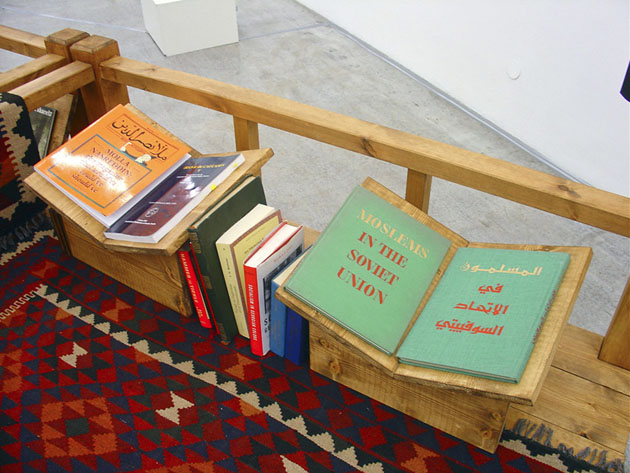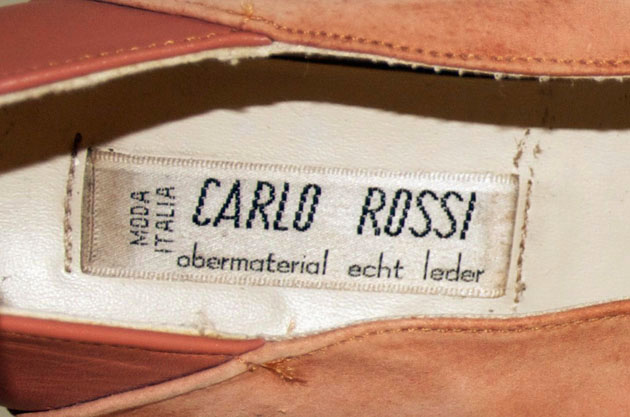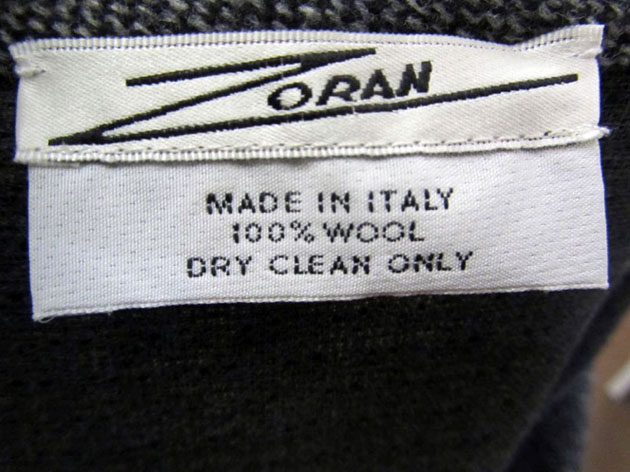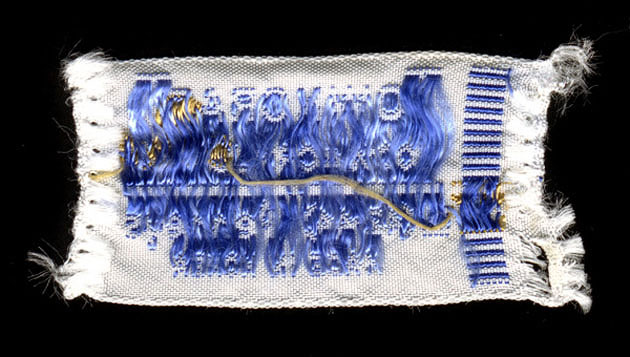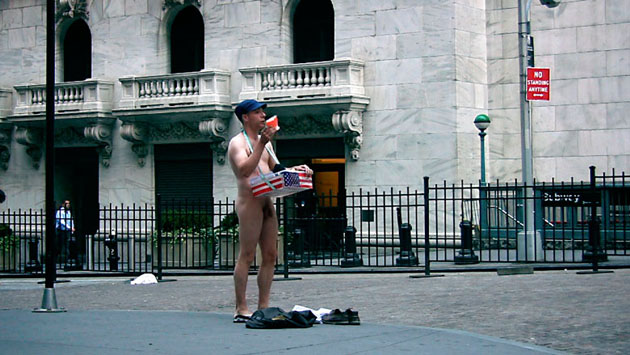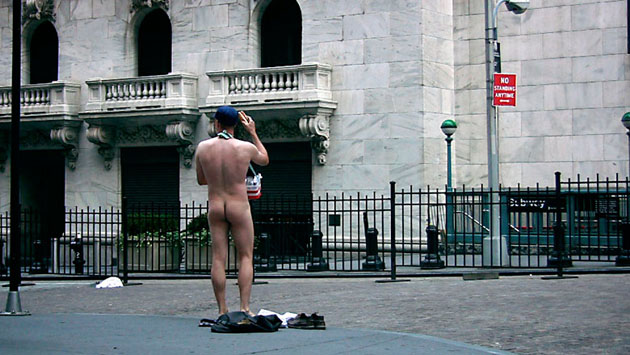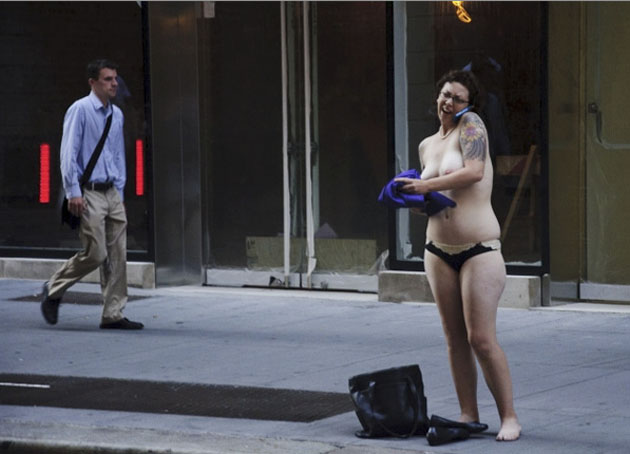Slavs And Tatars
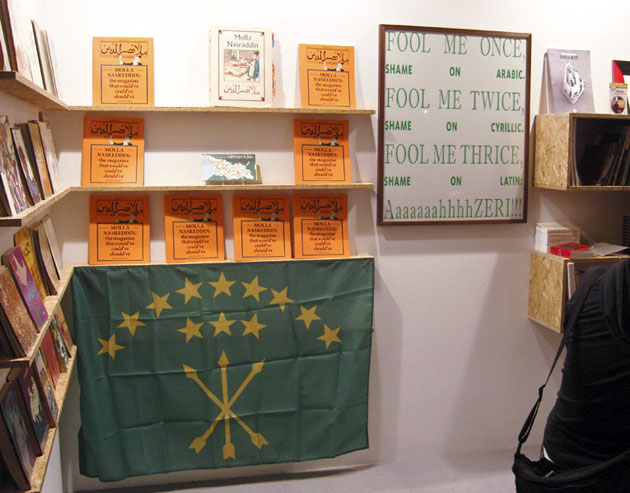
Ever since I’ve been conscious of my existence I’ve felt a ‘second class’ person due to my Yugoslavian origin. Coming from the ‘east’ can make you feel poorer, less intelligent and generally less adequate, especially when you’re an immigrant in a Western European country. I wasn’t quite aware of my feelings until I found them described to perfection in a book. The strangely familiar book’s title was “Kidnapping Mountains” and it was compiled by Slavs and Tatars. While the book addresses the complex questions of the identity, languages and cultural independency of Eurasian countries, it also gave me a perfect insight into collective’s work. Slavs and Tatars defines itself as an artistic collective (their work has been in the MOMA collection for a while now) whose practice is dedicated on tracing the cultural, political and social perturbations of a particular geopolitical trait between Eastern Europe, Caucasus and Central Asia.
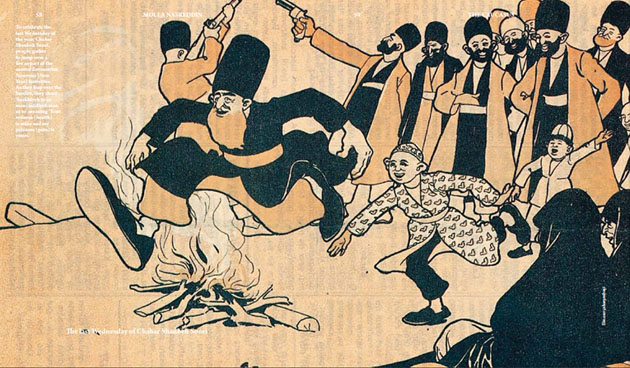
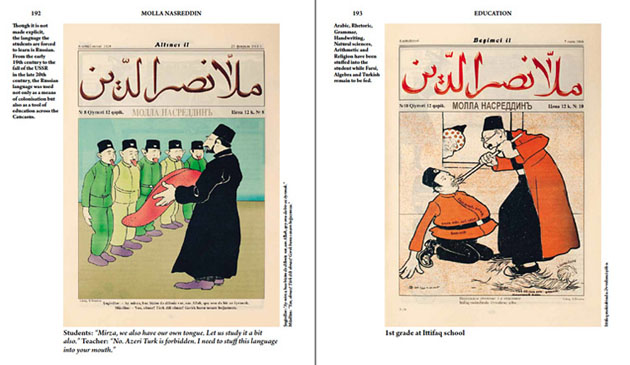
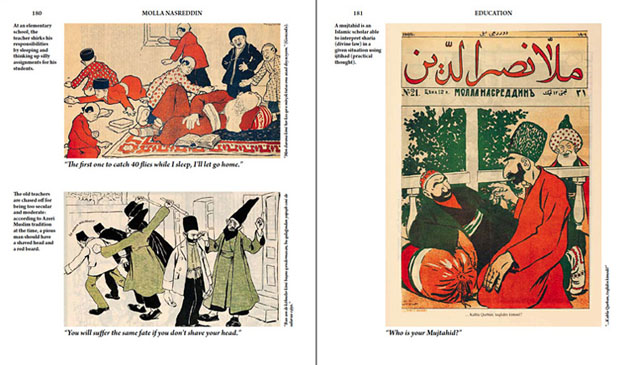
One of the latest recognitions, that underlines the quality of their work, that spaces between art and design, theory and critical assumption, practice and speculation, is the “Fernand Baudin prize” attributed for the book “Molla Nasreddin, a magazine that would’ve, could’ve, should’ve”. The book that was published by JRP Ringier, the corner stone of art and design publishing, and designed by Boy Vereecken, tries to re-discuss in a contemporary context the origins and reposition the importance of the early twentieth century publication for the Azeri, and generally muslim, culture in the global political and cultural asset.
I haven’t quite understood yet all the hustle about the eastern countries arisen lately but Slavs and Tatars have surely contributed for its reassessment. Hopefully this publication is only the starting point for a deeper revaluation of the depth and importance of the usually disregarded eastern culture, and it could also make me feel more proud about where I come from.
